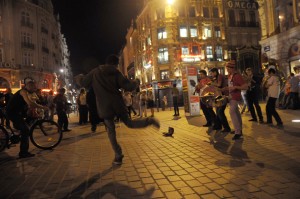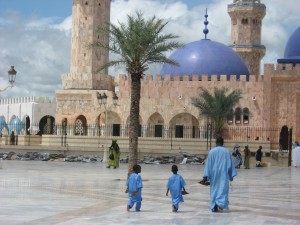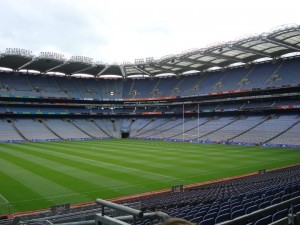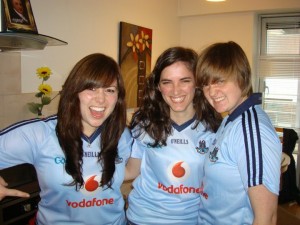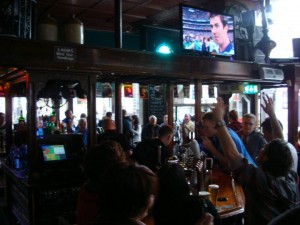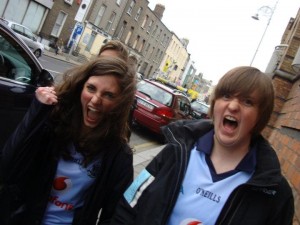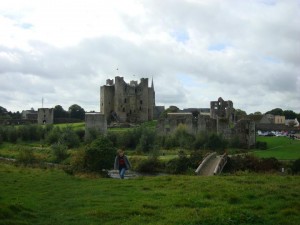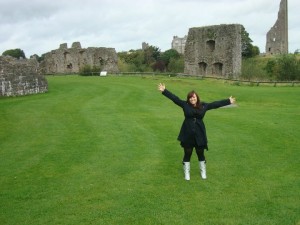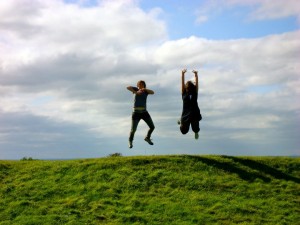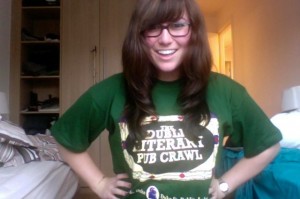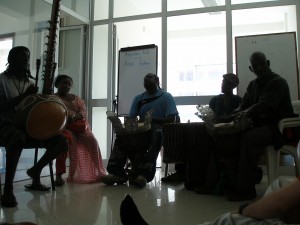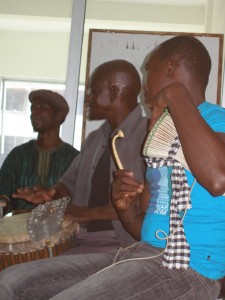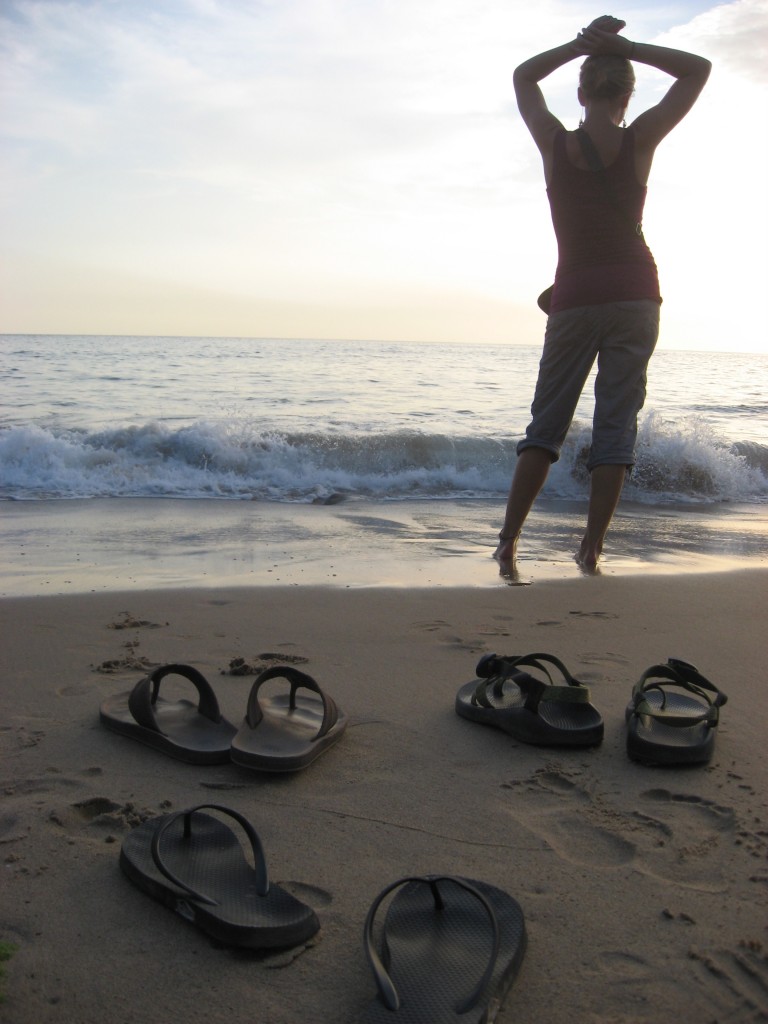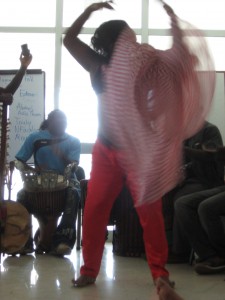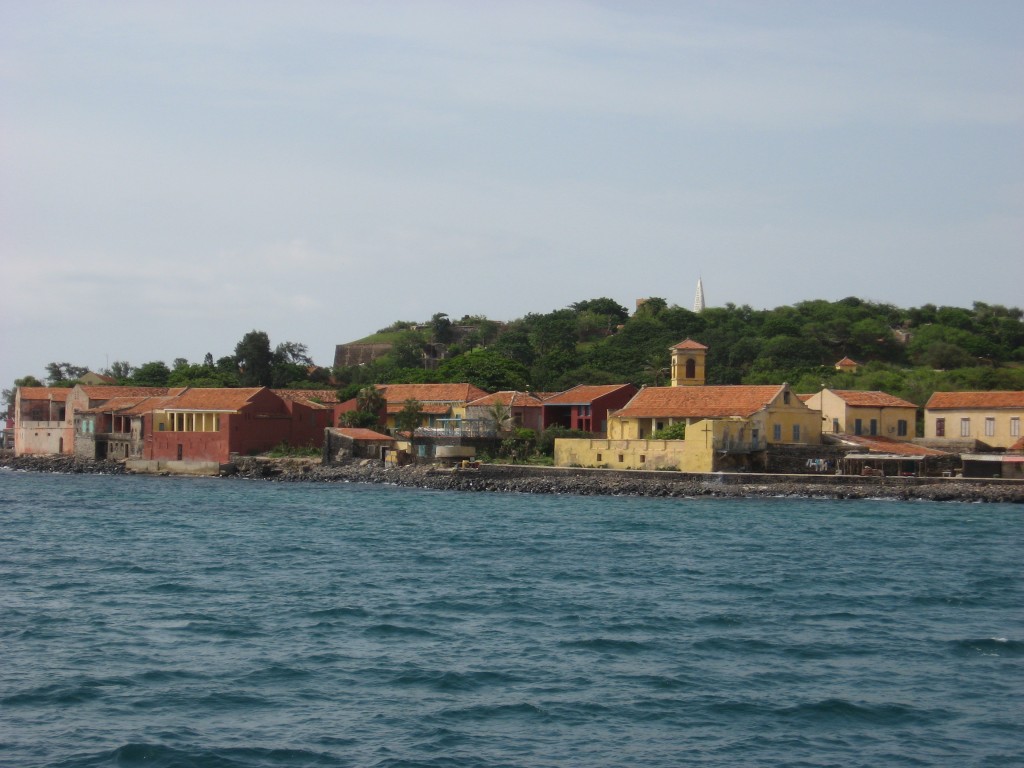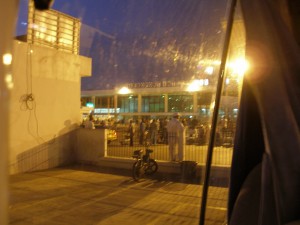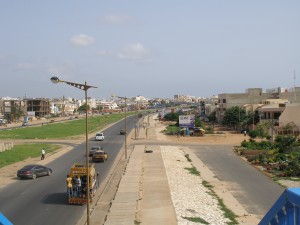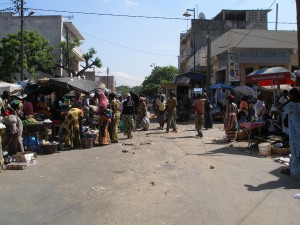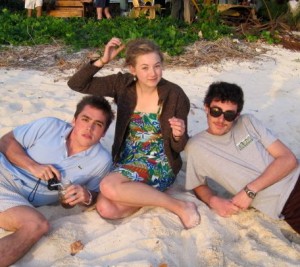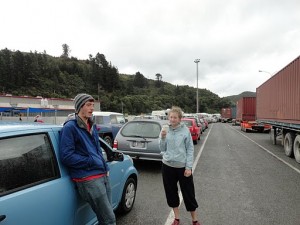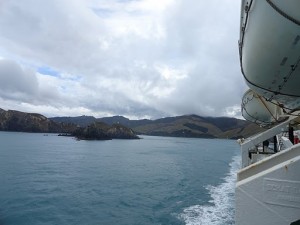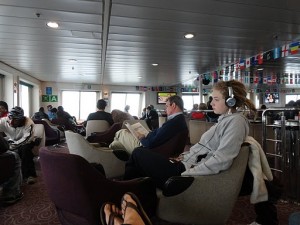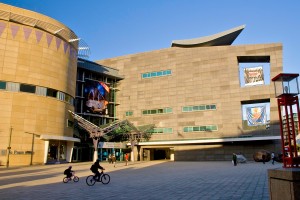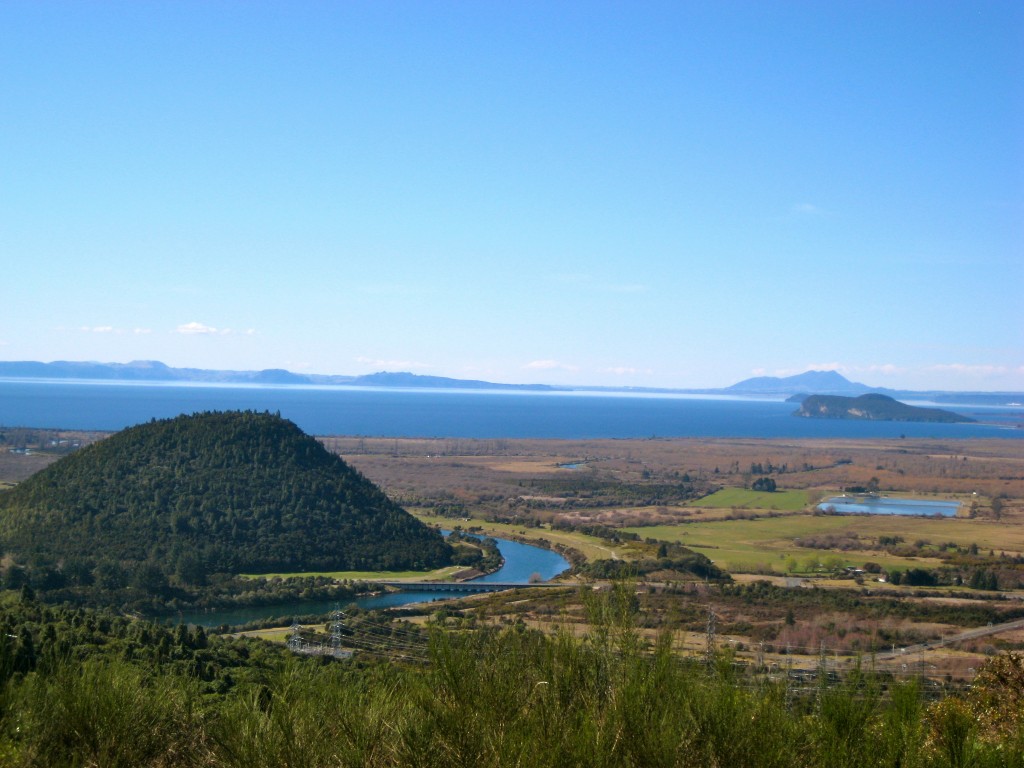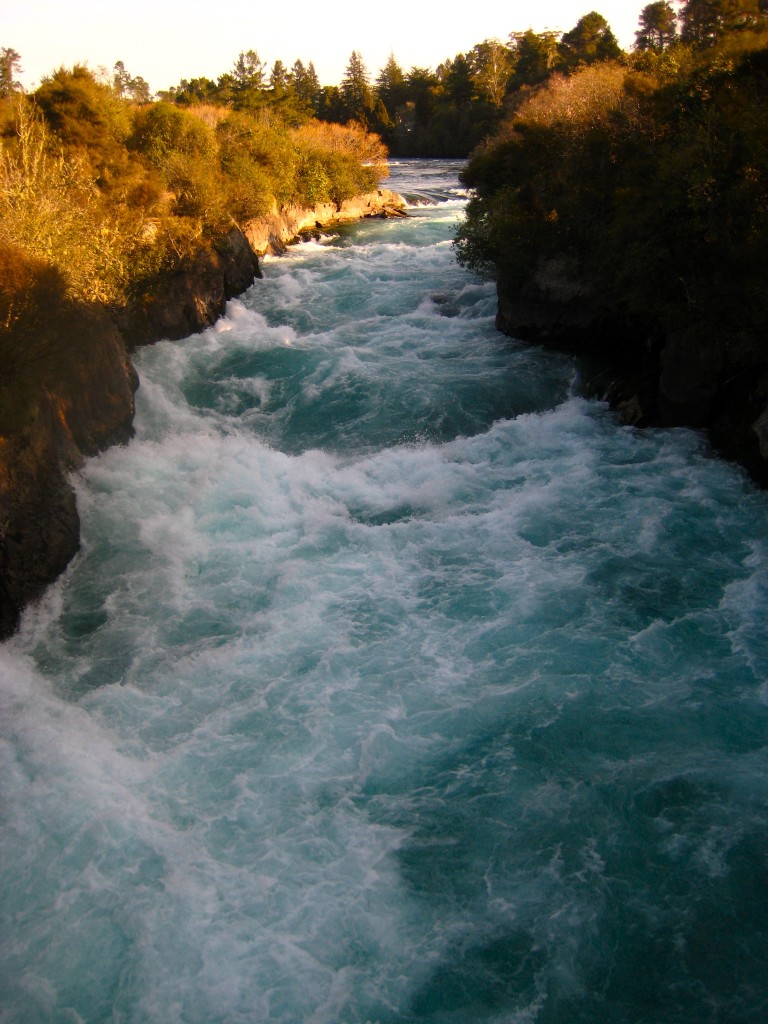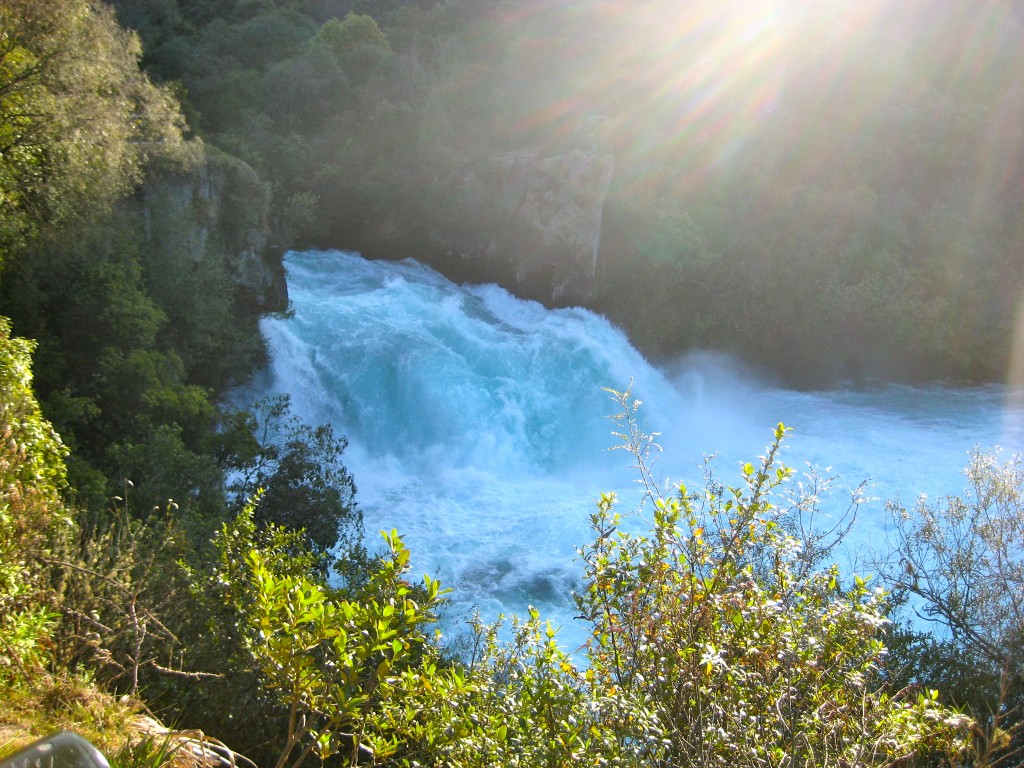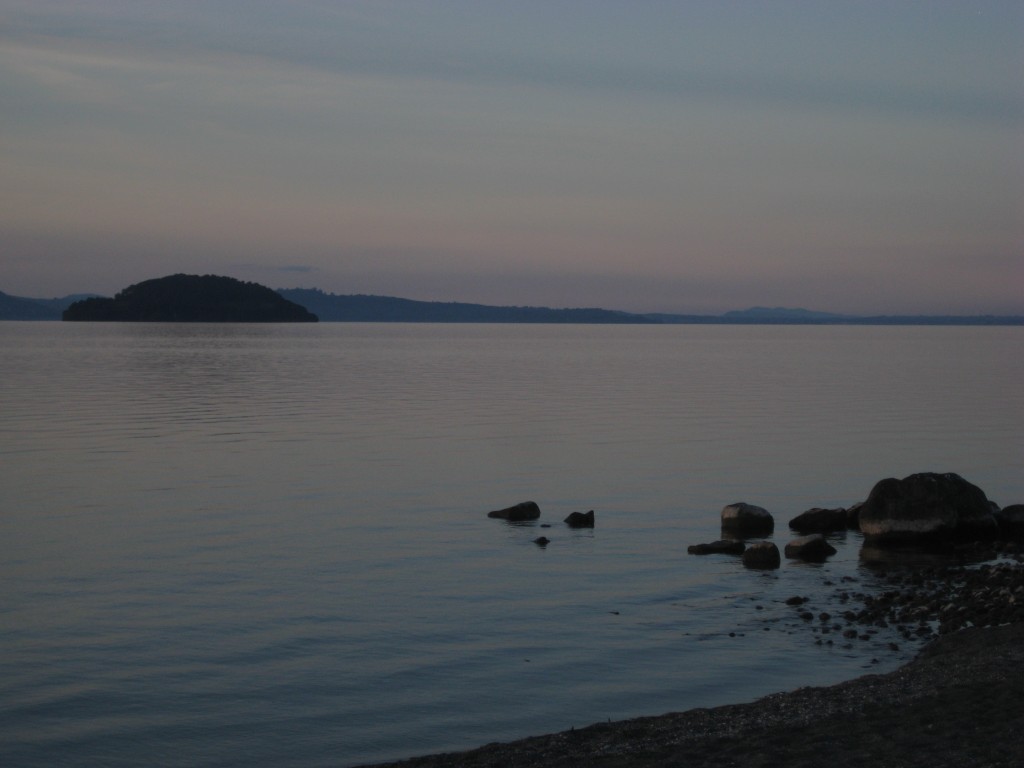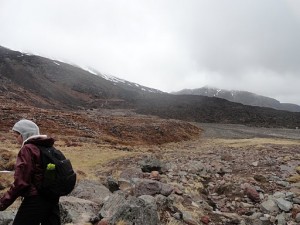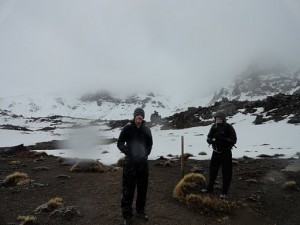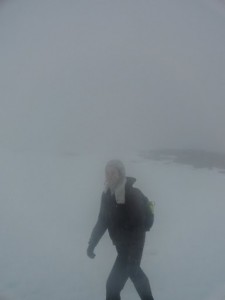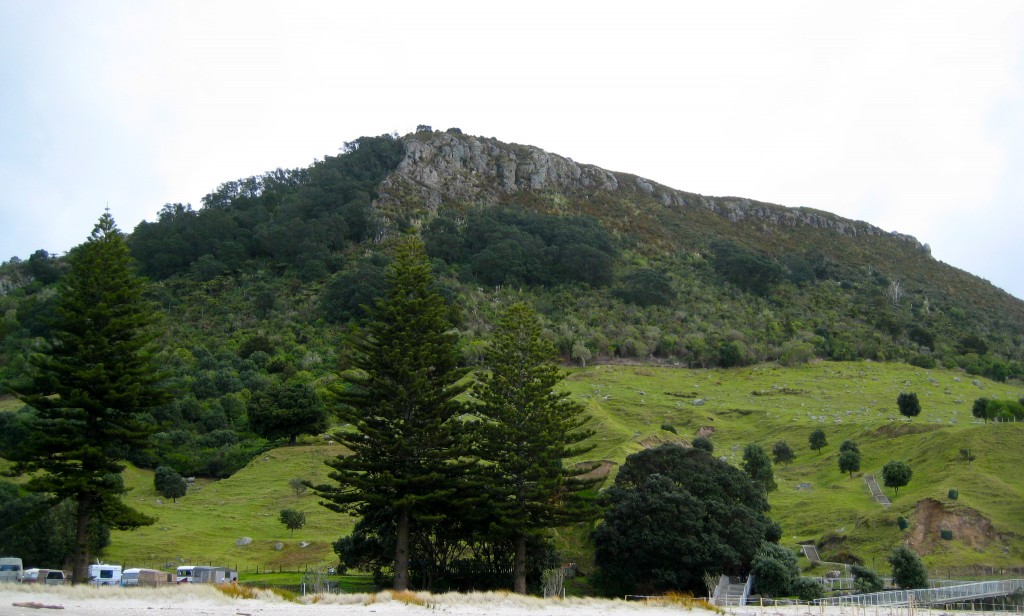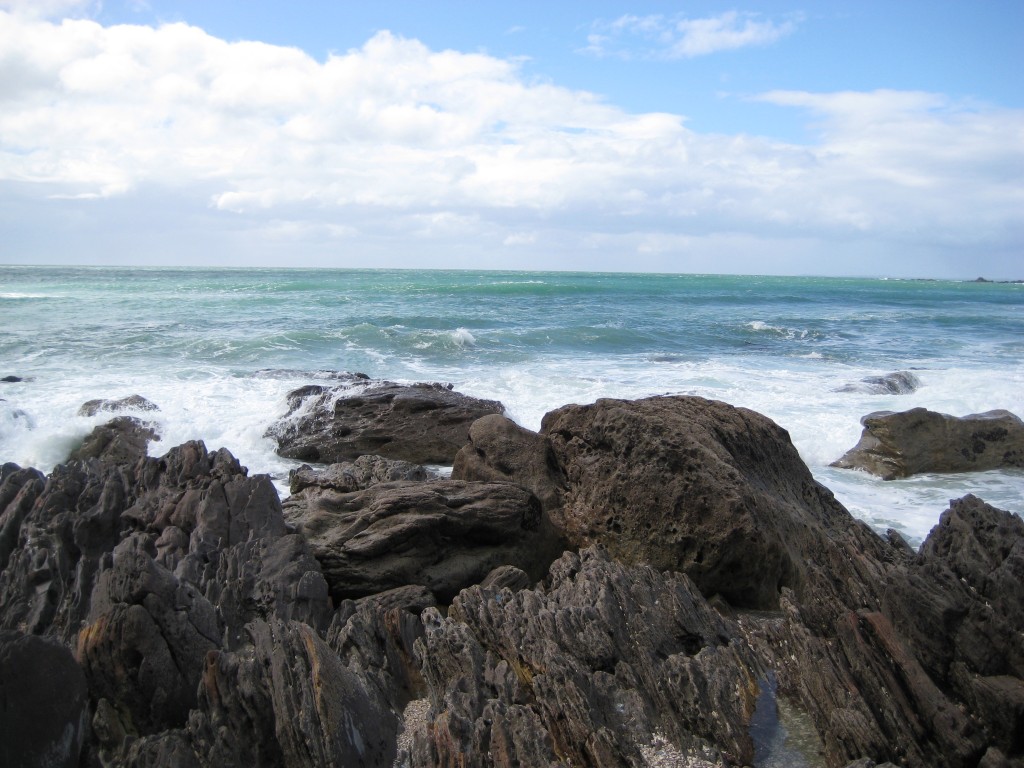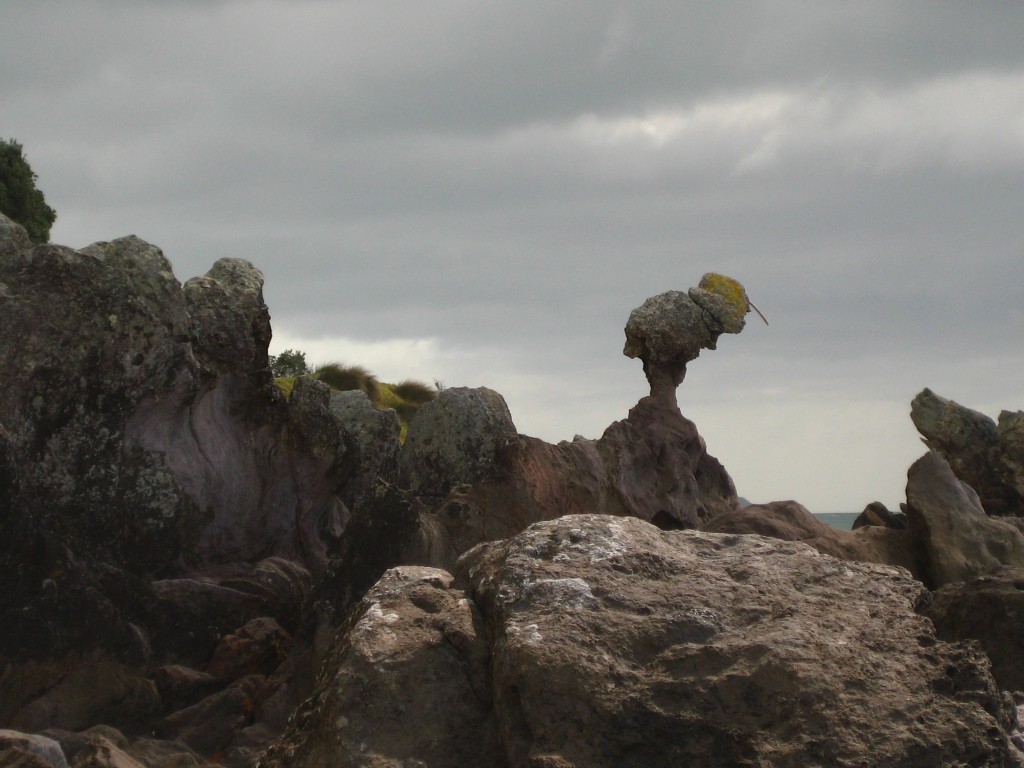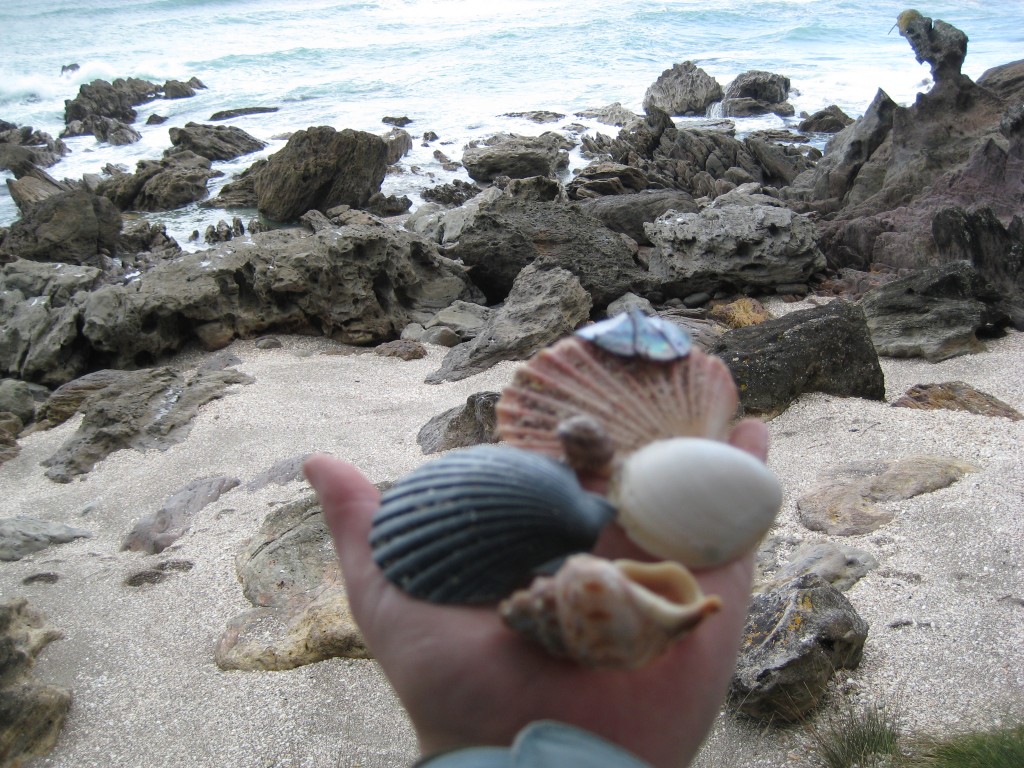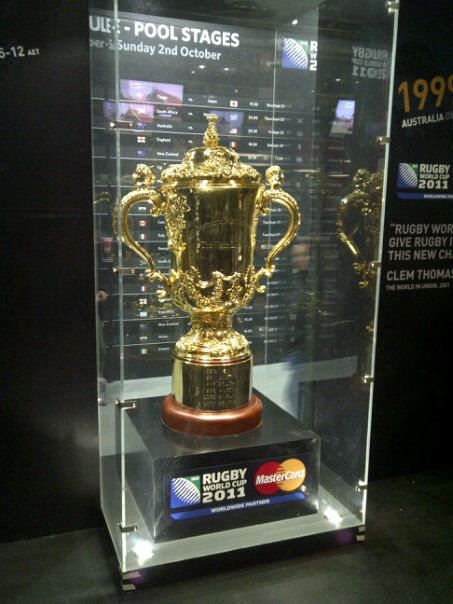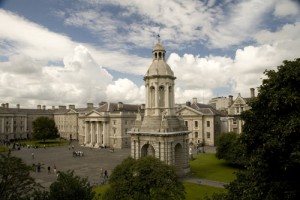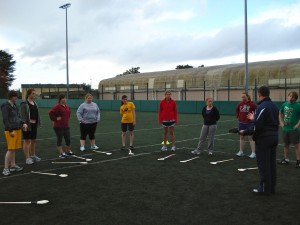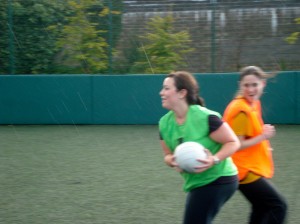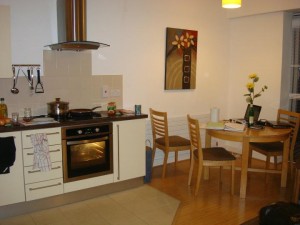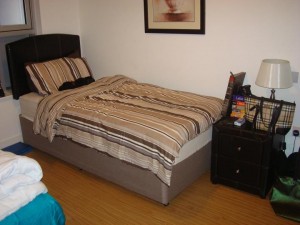Yes, it is that time for a few random facts about life in Senegal. These are just little tidbits about everyday life, or just fun occurrences that have happened to either myself or someone around me, enjoy! Warning: Some of these may be either disturbing to some, or just a little gross, I apologize in advance, but really, life is messy everywhere! Also, this has a lot about food, you can tell what I think about most here!
-Rice is eaten at just about every meal, or else some large quantity of carby substance. For example, for dinner last night my plate had a small portion of beef stew with onions, a large portion of rice, a side of fries and a large chunk of a baguette. Today for lunch I had a whole plate of rice with some beef and onions on top. See where I’m going with this? RICE!
-Juice here is much more satisfying here then it is in the U.S. There is nothing like getting a cold gazelle (these little carbonated drinks that come in apple, orange, grapefruit (!) and cocktail flavors) from a mini mart for about 75 cents and drinking it while sitting in the shade of a tree.
– You can get fabric, and a full traditional outfit made by a tailor for less then $20 (if you are a good bargainer!). Even if you can’t bargain very well, you can still get it for very cheap, which is amazing! I almost wish I had discovered this sooner so I can get more custom made clothes!
– Goats are killed here for every major occasion. I had the pleasure of watching this happen in my village homestay. The men used a knife for the actual killing, and then hung it up on a tree to skin and disembowel. Unfortunately I didn’t get to stay for dinner that night, but it was a new experience seeing food prepared from start to finish!
-Taxis here are very cheap. I could get a taxi from school to anywhere in Dakar for less then $7. You can bargain the price down of just about anything here, so chances are you are good that you can get a taxi for about $2, and then it is even cheaper if you are going with several people, as the price is set for the trip, not the number of people.
– Ballet is not the same here as the typical western style, prima ballerina. Some of us watched a ballet of the “pygmies,” which I still am confused as to who or what they were. The story line was about a small village enjoying life as they have always enjoyed it, until a white invader came in, cut down all the trees in exchange for small trinkets. At the end of the 45-minute ballet, the whole tribe dies from a slow grief that their quiet life has been shattered. That was a very strong message in ballet form.
-Everything small comes in bags. In the US, people use containers to store juice, or food or whatever you can think of. Here, they use bags. You can go to the mini mart and get a small bag of cooking oil (although here, a small bag is not sufficient as they use oil in everything) yogurt, juice… you get the idea. Before this trip I never thought that it was possible to have all these things in bags, but now my mind has been changed!
– What happens to trash here? Well, unfortunately, it ends up everywhere. There is no well organized trash collection system, so it ends up getting dumped in the streets, on the floor, really anywhere. At first I was shocked at how casually people would just throw stuff on the ground, but now I am used to it. I guess if there is no trash man coming every week, there is no reason to bundle it up for him! Despite this, I have continued to retain my western habits and keep a bag for trash in my room.
– When traveling in a taxi downtown, you can buy just about anything from the comfort of the car. People wander in the street carrying everything from large clocks to monopoly to toothbrushes (which is odd as I have yet to see a Senegalese use a toothbrush)!
-Life here moves at a much slower pace, which can be both fun and frustrating. For example, I could spend all evening watching my family cook dinner (a several hour affair at the least). On the other hand, we have been here for over a month and we still have no running water in SIT. Once I go back to western life, I do not know how I will adjust to a faster paced life!
– Teranga. This is the national phrase that means to share. Here, it does not just mean that you must share with others, it indicates the Senegalese nature to share and enjoy their lives together.This is both on the small and large scale. On the small scale, if you buy a snack, no matter how small, you always offer it to those around you. Generally, they will refuse, but the mere act of wanting to share symbolizes Teranga and the desire to have others benefit from your good fortune. On the larger scale, the Muslim celebrations here are not just for muslims, christians are invited over to celebrate as well, despite the religious differences. The same goes for Christian ceremonies. My brother told me that his family (who is Muslim) celebrates Christmas every year! They put up a fake christmas tree, share gifts, and kill a goat! What a great holiday!
– A final word about food. One of my new favorite dishes is this dish called Laar. It is some kind of millet, that is heated up so it is almost porridge like in consistancy, and then lait caille is poured over it. There are several different variations, but that is the kind that is served at my house. It can either be eaten in very large quantities as a meal, or in smaller quanitites for dessert. Either way, I eat that until I can eat no more! Delicious!
That is all for the fun facts of Senegal, tune in next time for an installment on our trip to Kedougou, a village in the lower corner of Senegal!

